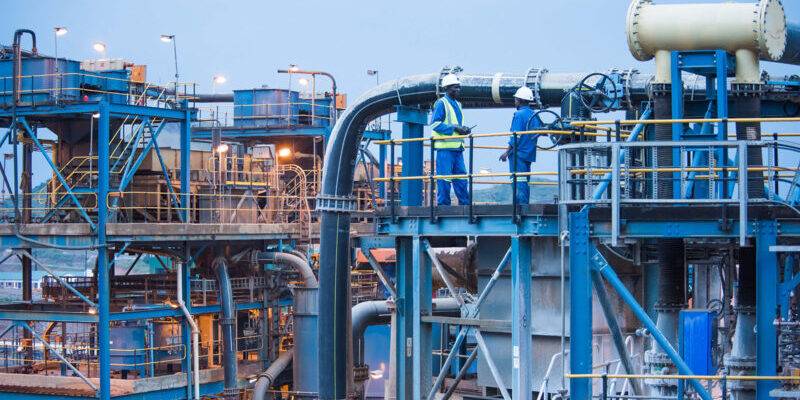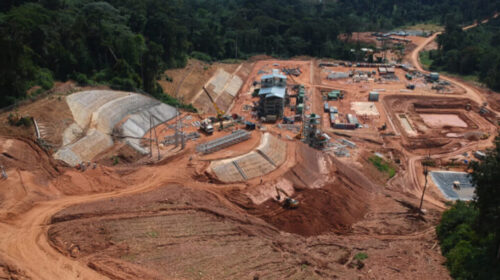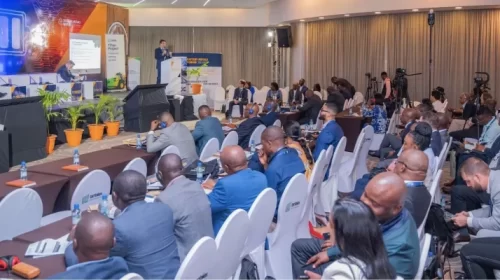Kibali Set to Roll Out New 10-Year Plan on Back of Production Ramp-Up and Reserve Replacement
Africa’s biggest gold mine, Kibali, stepped up production significantly in the past quarter as part of its planned ramp-up and is well on track to achieve its annual guidance.
At the same time, successful exploration is expected to more than replace reserves depleted by mining again this year.
Briefing media on Wednesday July 5th, Barrick president and chief executive Mark Bristow said the 10-year-old mine was now rolling out its business plan for the next decade, securing its status as one of the company’s elite portfolio of Tier One mines — those capable of producing 500,000 ounces or more of gold for at least 10 years at a cost below the industry average.
The mine draws most of its power from its three hydropower stations on the Kibali river. A planned 16MW solar farm, designed to back up the hydropower during the Democratic Republic of Congo’s (DRC’s) dry season, is expected to increase the renewable power contribution to the mine’s energy grid from 79% to 88%, with Kibali running entirely on renewables during the wet season.
Bristow said the creation of a world-class mine and a thriving local economy in one of the DRC’s remotest and least developed regions represented a triumph for the successful partnership between Barrick, the country’s government and its host communities.
“Our stakeholders in the DRC have benefited enormously from Kibali, which over the past 10 years has contributed $4.6 billion to the country in the form of dividends, royalties and taxes.
In line with our local procurement policy, Kibali gives preference to Congolese suppliers and contractors, who to date have received $2.5 billion from the mine,” Bristow said.
“Barrick’s commitment to the DRC is also evident from the extensive support we have given the Garamba National Park, contributing to the conservation of high value biodiversity.
Most recently we have led the drive to reintroduce white rhinos to the park, where they were last seen 13 years ago. Last month 16 of these rhinos were successfully introduced to Garamba with a further 60 scheduled for delivery over the next three years.”
Kibali’s Cahier des Charges program launched eleven projects in 2023 with seven of these scheduled for completion this July. The mine is investing $8.9 million in this initiative over five years.
The community development fund is also implementing a number of new projects.
75 total views , 2 views today





